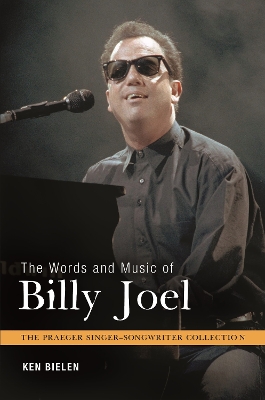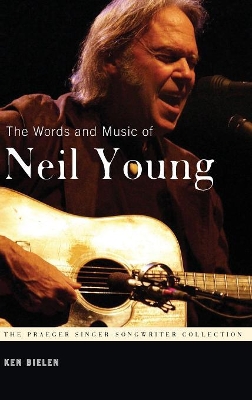Praeger Singer-Songwriter Collection
2 total works
This detailed exploration looks at the musical works of recording artist Billy Joel and his impact on popular culture.
Billy Joel skyrocketed to popularity in 1977 with his fifth album, The Stranger, and he has been a major American artist ever since. His songs are timeless and appreciated by generations of fans. The Words and Music of Billy Joel examines this influential musician's songs in detail, exploring the meaning of the lyrics and placing Joel's artistry in a regional and cultural context.
Covering work that ranges from Joel's recordings with the Lost Souls to his classical compositions, the book focuses on the dozen studio albums of popular music released between 1971 and 1993. A bibliographic essay is included, as are both a discography and a filmography. There is also a special focus on the interpretation of Joel's songs by other recording artists.
Neil Young cannot be simply labeled. He has recorded as a solo artist, as a member of a hard rock trio, and with numerous other musician configurations. He can move from the soft sounds of early 1970s acoustic folk to the distorted, fuzz guitar sound of Crazy Horse. And his compositions have responded to musical trends from punk rock to grunge, and to social issues like racism, the Vietnam War, and the war in Iraq as well. The Words and Music of Neil Young follows the evolution of Young's musical work from the late 1960s to the present, with special focus on the enduring elements that have made his music successful.
Individual chapters cover Young's musical output album by album, and song by song-from his debut work with Buffalo Springfield, to his time with Crosby, Stills, Nash & Young, to his solo work within various genres and for various causes (some political, but all artistic). In his conclusion, author Ken Bielen sums up Neil Young's accomplishments and places his work in the context of contemporary culture.
bibliography
discography

